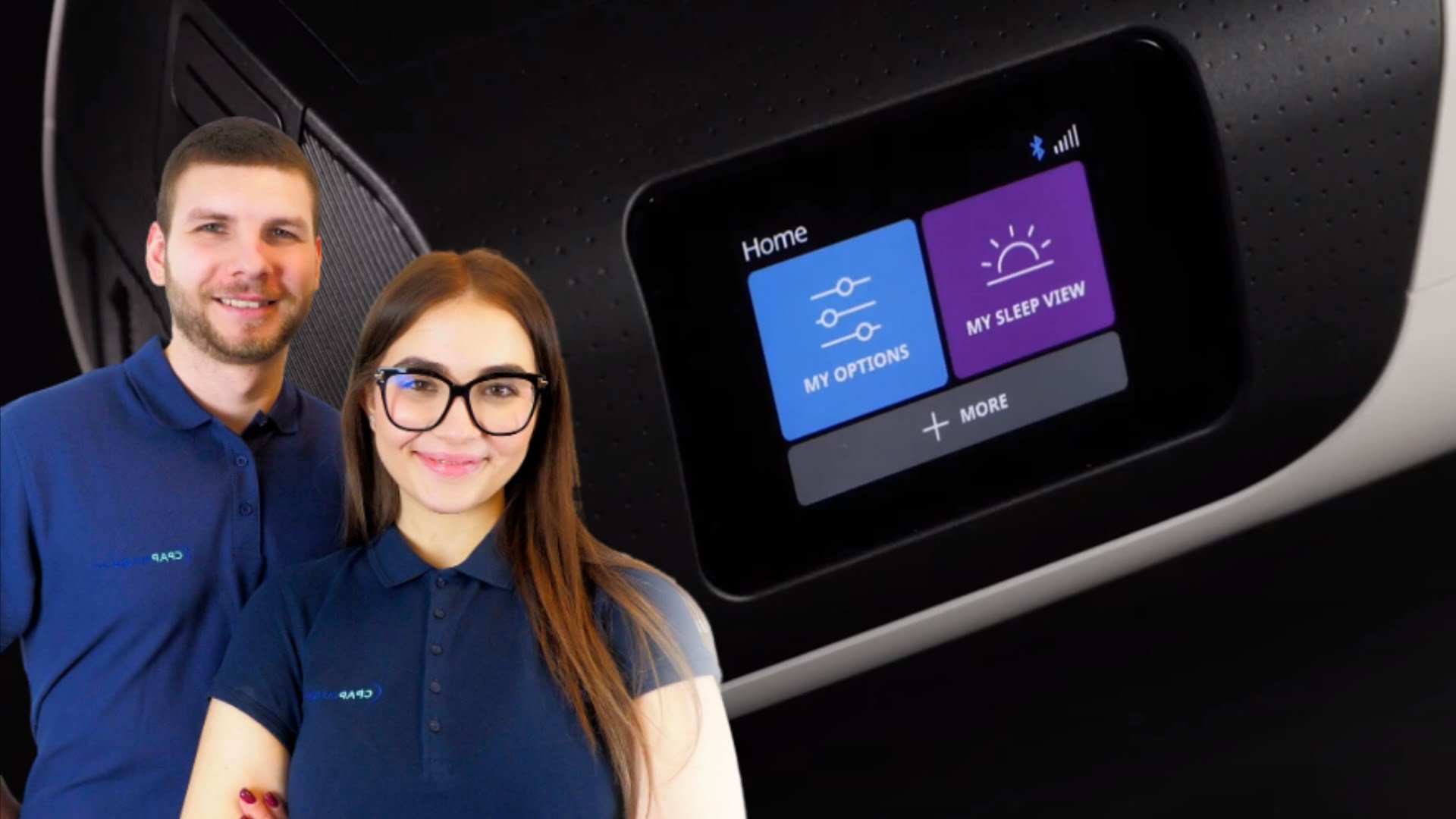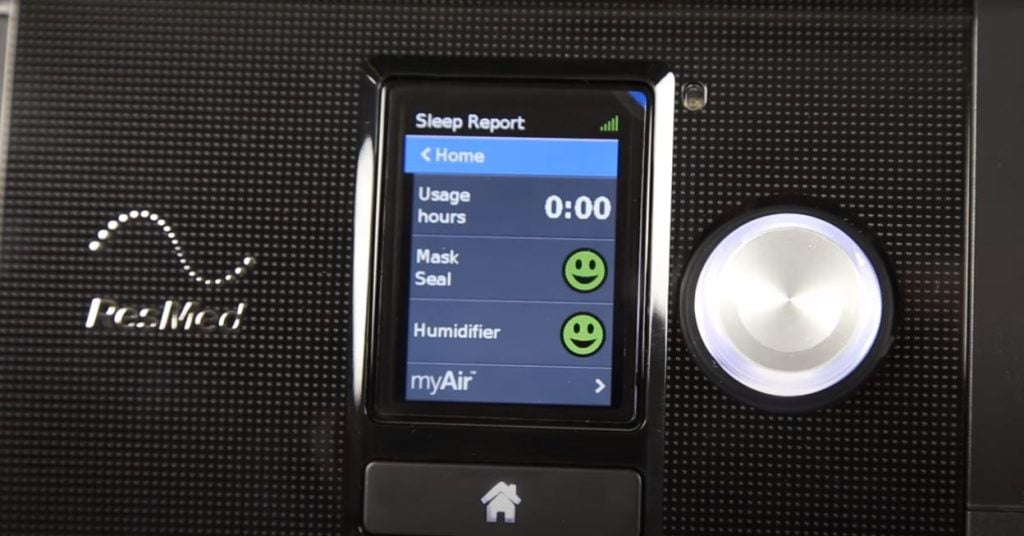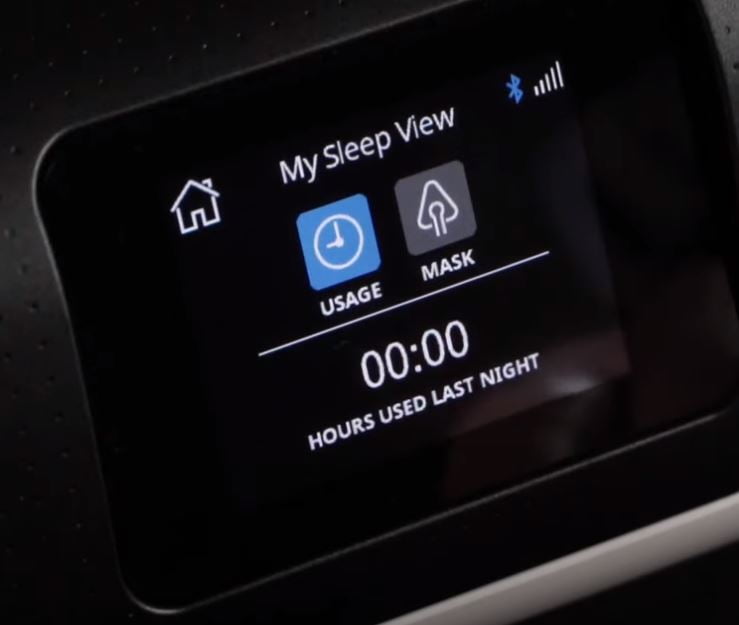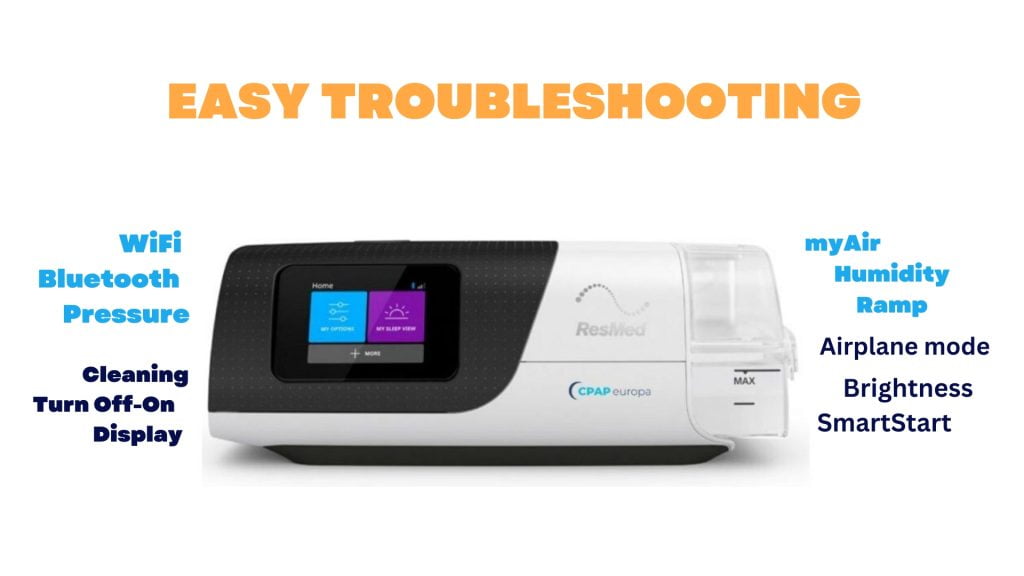
How to Read CPAP Data from AirSense 10 CPAP and AirSense 11 CPAP Machines by Resmed
Continuous Positive Airway Pressure (CPAP) therapy has been a game-changer for individuals suffering from sleep apnea. ResMed, a renowned leader in the field of sleep medicine, offers advanced CPAP machines like the AirSense 10 CPAP and the AirSense 11 CPAP. These devices not only provide effective therapy but also record valuable patient data. In this step-by-step guide, we’ll delve into how to read CPAP data from the Air10 and the Air11, allowing users to monitor and optimize their therapy effectively and most importantly — easily!

Part 1: How to Read CPAP Data from the ResMed AirSense 10 CPAP
The ResMed AirSense 10 CPAP is a popular choice among individuals undergoing CPAP therapy. Here’s how to access and interpret the patient data:
How to Access the Data Quickly:
- First, turn on your AirSense 10 CPAP and navigate to the main menu.
- Select ‘My Options’ and then ‘Data.’
- Here, you can access various data categories, including compliance data, therapy data, and advanced settings.
Understanding Compliance Data:
Compliance data includes information about usage hours, mask fit, and events per hour.
- ‘Usage Hours’ indicate how long the device has been in use.
- ‘Mask Fit’ helps you assess if your mask is properly fitted.
- ‘Events per Hour’ shows the number of apnea and hypopnea events per hour, helping you gauge therapy effectiveness.
Exploring Therapy Data:
Therapy data provides details about therapy efficacy.
- Review your ‘AHI’ (Apnea-Hypopnea Index) to assess the severity of sleep apnea.
- Check ‘Leak Rate’ to ensure your mask is properly sealed.
- ‘Pressure’ indicates the prescribed therapy pressure.
Fine-Tuning the AirSense 10 via Advanced Settings
The AirSense 10 allows for fine-tune settings based on your healthcare provider’s recommendations. Bear in mind that you should not experiment with those and if you really have to fine-tune your therapy’s settings, this should always be performed in sync with your healthcare provider.

Part 2: Reading CPAP Data from the ResMed AirSense 11 CPAP
The ResMed AirSense 11 CPAP builds upon the features of its predecessor, offering enhanced therapy and data capabilities. Additionally, it introduces a new way of transmitting data:
How to Access the AirSense 11 Data:
The process for accessing data on the AirSense 11 CPAP is similar to the AirSense 10.
- Navigate to the main menu and select ‘My Options,’ then ‘Data.’
Understanding Compliance Data:
Compliance data remains crucial for monitoring therapy adherence.
- ‘Usage Hours’ provide insights into how consistently you use the device.
- ‘Mask Fit’ ensures your mask remains properly fitted.
- ‘Events per Hour’ helps gauge the severity of sleep apnea.
Exploring Therapy Data:
The AirSense 11 CPAP offers more advanced therapy data.
- ‘AHI’ provides a comprehensive view of apnea and hypopnea events.
- ‘Leak Rate’ still ensures proper mask sealing.
- Pressure’ indicates the prescribed therapy pressure.
How Do Resmed 11 Transmit Data?
One notable feature of the AirSense 11 CPAP is its ability to transmit data wirelessly.
- Through built-in cellular connectivity, the device can send data securely to the patient’s healthcare provider or a cloud-based platform.
- This facilitates remote monitoring, allowing healthcare professionals to adjust therapy settings and provide timely support.Note: It’s essential to set up data transmission according to ResMed’s guidelines and ensure patient consent for data sharing.
Understanding how to read CPAP data from ResMed machines like the AirSense 10 CPAP and AirSense 11 CPAP is crucial for effective sleep apnea management. Both devices provide valuable insights into therapy adherence and efficacy. With the AirSense 11’s wireless data transmission capabilities, patients can enjoy the convenience of remote monitoring, enhancing the overall CPAP experience. Regularly reviewing and discussing this data with healthcare providers can lead to better-tailored therapy and improved sleep quality.
Still having troubles with your CPAP? See our AirSense 11 troubleshooting guide here.

By staying informed about the data your CPAP machine provides, you can take an active role in managing your sleep apnea and achieving a restful night’s sleep.
 4.8 out of 5 based on 211 reviews
4.8 out of 5 based on 211 reviews 
